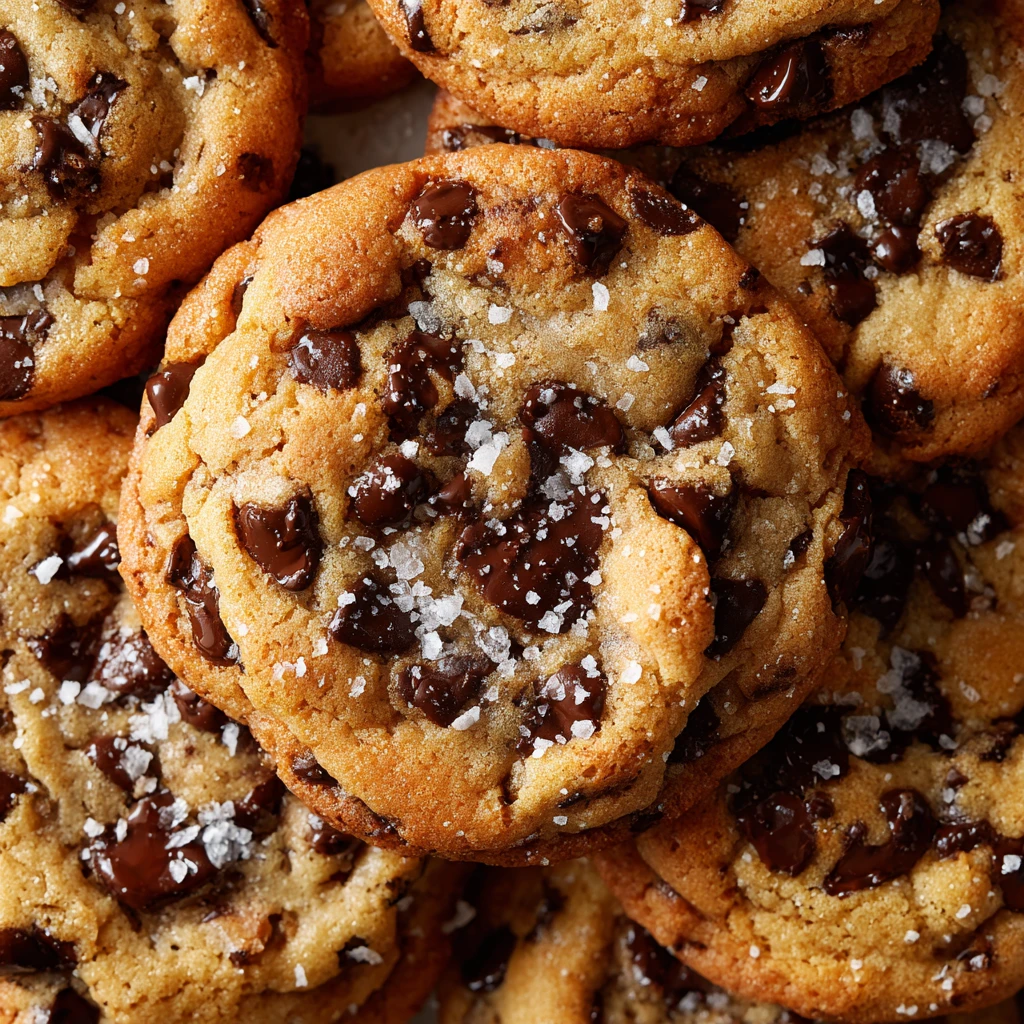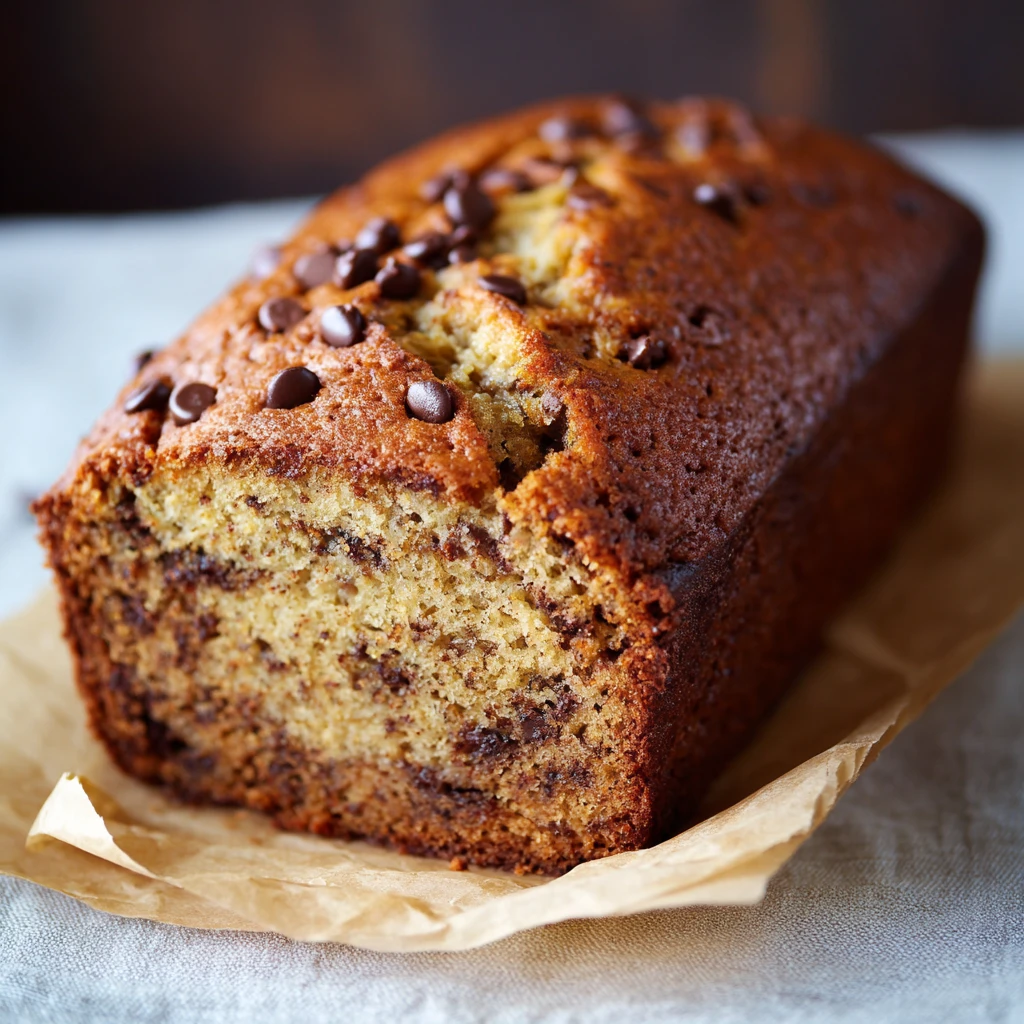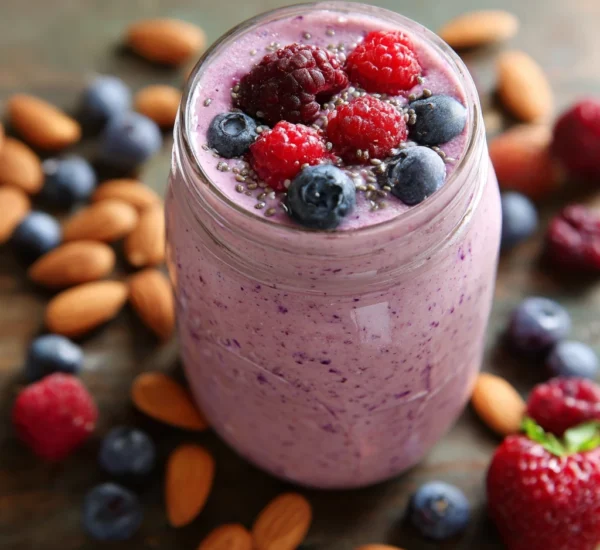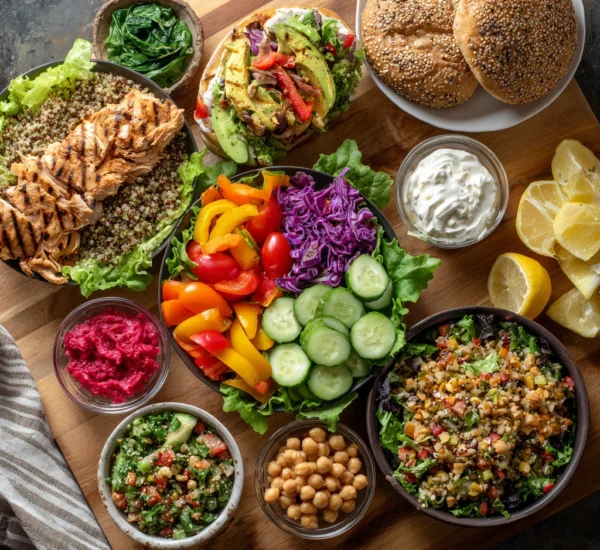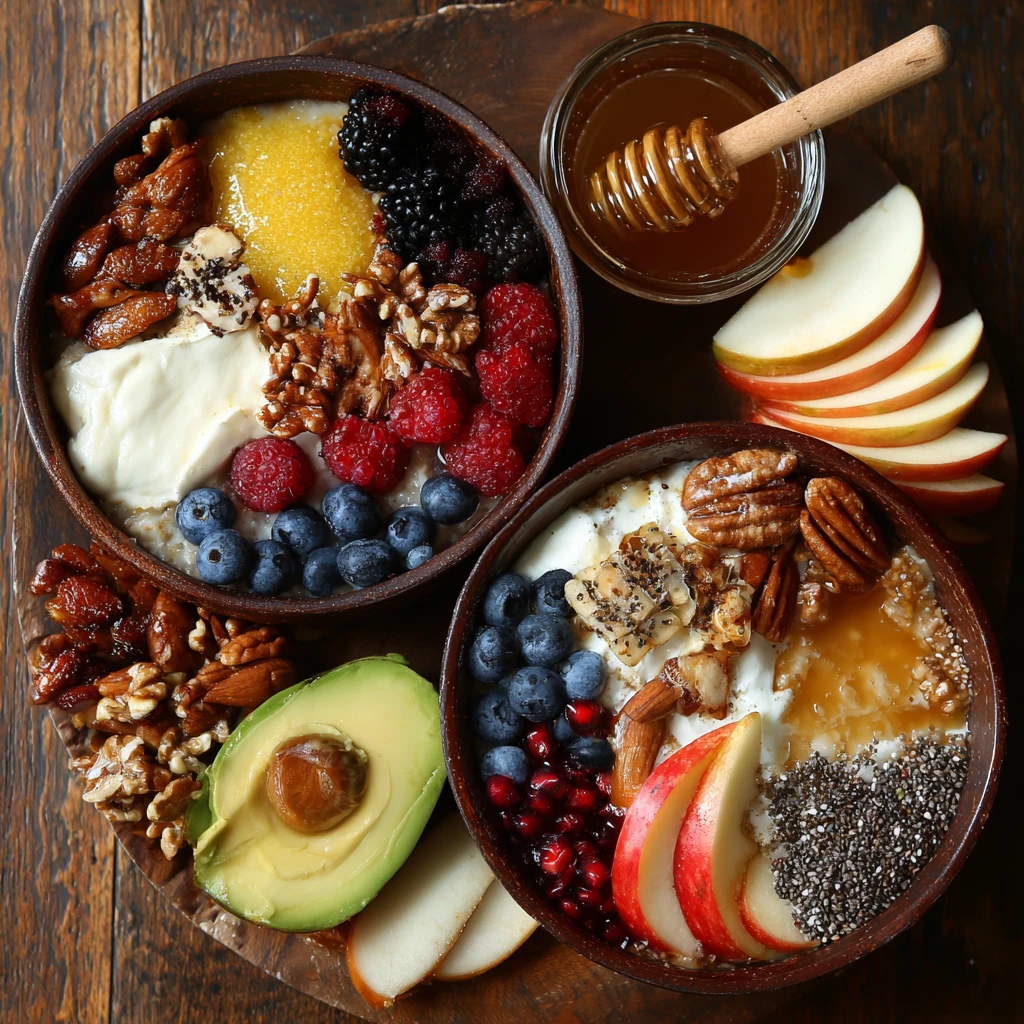The Secret to Perfectly Chewy Cookies, Always
Achieving the perfect chewy cookie consistency can feel like chasing a culinary unicorn. You crave that soft, almost melt-in-your-mouth interior with slightly crisp edges, but often end up with cookies that are either too cakey, too crunchy, or simply…wrong. The good news is, mastering the art of chewy cookies is achievable with a few key techniques and an understanding of the science behind baking. Let’s unlock the secrets to baking perfectly chewy cookies every single time.
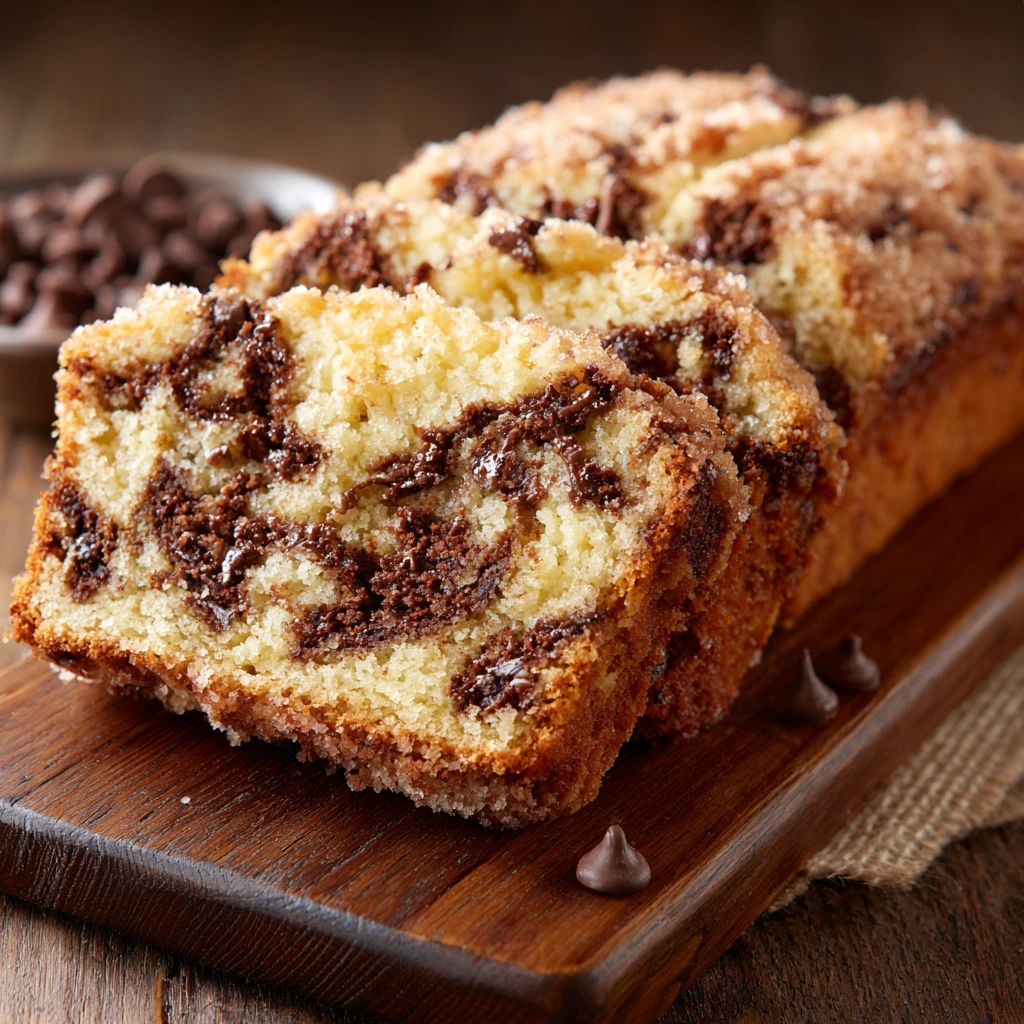
Understanding the Science of Chewy Cookies
Chewiness in cookies isn’t just luck; it’s a result of specific ingredient ratios and baking methods that influence gluten development and moisture retention. Understanding these factors is crucial for consistent success.
- Gluten Development: Gluten, a protein formed when flour is mixed with water, provides structure to baked goods. For chewy cookies, we want some gluten development, but not too much. Overmixing leads to tough cookies, while undermixing can result in a crumbly texture.
- Moisture Retention: A high moisture content is key to chewiness. Ingredients like brown sugar, molasses, and corn syrup attract and hold moisture, contributing to a soft interior. Underbaking slightly can also help retain moisture.
- Fat Content: The type and amount of fat play a role in texture. Butter contributes to flavor and spread, while shortening can create a more tender crumb. A balance is often ideal for achieving the perfect chew.
- Sugar's Role: Different types of sugar impact texture. Granulated sugar promotes crispness, while brown sugar contributes to chewiness due to its molasses content.
Key Ingredients for Chewy Cookies
The right ingredients, in the right proportions, are the foundation for chewy cookies. Here’s a breakdown of essential components:
- Flour: All-purpose flour is the standard, but consider using bread flour for added chewiness. Bread flour has a higher protein content, leading to more gluten development. However, be careful not to overmix the dough.
- Sugar: A combination of granulated sugar and brown sugar is ideal. Brown sugar, with its molasses content, adds moisture and chewiness. Using more brown sugar than granulated sugar will result in a softer, chewier cookie.
- Butter: Use unsalted butter at room temperature. Softened butter creams more easily with sugar, creating air pockets that contribute to a lighter texture.
- Eggs: Eggs provide structure and richness. Using an extra egg yolk can enhance chewiness and richness.
- Leavening Agents: Baking soda is typically used for chewy cookies. It reacts with the acids in brown sugar to create carbon dioxide, which helps the cookies rise and spread.
- Other Additions: Vanilla extract enhances flavor, while ingredients like chocolate chips, nuts, or dried fruit add texture and complexity.
Techniques for Achieving Maximum Chewiness
Beyond ingredients, specific techniques can significantly impact the chewiness of your cookies.
- Creaming Butter and Sugar: Creaming butter and sugar thoroughly is crucial for incorporating air into the dough, leading to a lighter texture. Cream until the mixture is light and fluffy.
- Chilling the Dough: Chilling the dough for at least 30 minutes (or even overnight) allows the gluten to relax, preventing the cookies from becoming too tough. It also helps the flavors meld together and reduces spreading during baking.
- Underbaking: Slightly underbaking the cookies is key to achieving a soft, chewy center. Remove the cookies from the oven when the edges are set but the center still looks slightly soft. They will continue to cook on the baking sheet.
- Using a Cookie Scoop: Using a cookie scoop ensures uniform size and baking time, which is important for consistent results.
- Rotating the Baking Sheet: Rotate the baking sheet halfway through baking to ensure even browning.
Troubleshooting Common Cookie Problems
Even with the best recipe and techniques, occasional problems can arise. Here’s how to troubleshoot common cookie issues:
- Cookies are too Cakey: This is often caused by too much flour or too much leavening. Measure flour accurately using the spoon-and-level method. Reduce the amount of baking powder or baking soda slightly.
- Cookies are too Flat: This can be caused by too much butter, not chilling the dough, or using melted butter. Ensure the butter is softened but not melted. Chill the dough thoroughly before baking.
- Cookies are too Hard: This is usually caused by overbaking or using too much granulated sugar. Reduce the baking time and increase the amount of brown sugar.
- Cookies are too Dry: This can be caused by overbaking or not enough moisture in the dough. Underbake slightly and ensure you're using enough brown sugar.
- Cookies are not Chewy Enough: This is often caused by not enough brown sugar, overbaking, or too much flour. Increase the amount of brown sugar, reduce the baking time, and measure flour accurately.
Perfect Chewy Chocolate Chip Cookie Recipe
Let’s put everything together with a tried-and-true recipe for perfectly chewy chocolate chip cookies. This recipe incorporates the principles we’ve discussed to deliver consistent results.
